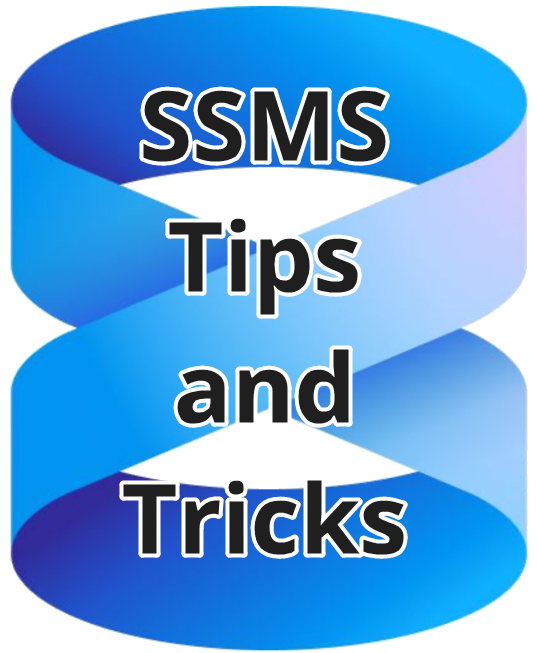
SQL Interview: 58 Trigger Firing Order
This is a post in the SQL Interview series. These aren’t trick or gotcha questions, they’re just questions designed to scope out a candidate’s knowledge around SQL Server and Azure SQL Database.
Section: Administration Level: Advanced
Question:
If a SQL Server table has six triggers associated with it, what control do you have over the order that the triggers fire in?
Answer:
SQL Server doesn’t provide an option to control trigger firing order. However, it does provide an option to choose the first trigger to fire, and the last trigger to fire.
2025-06-25




